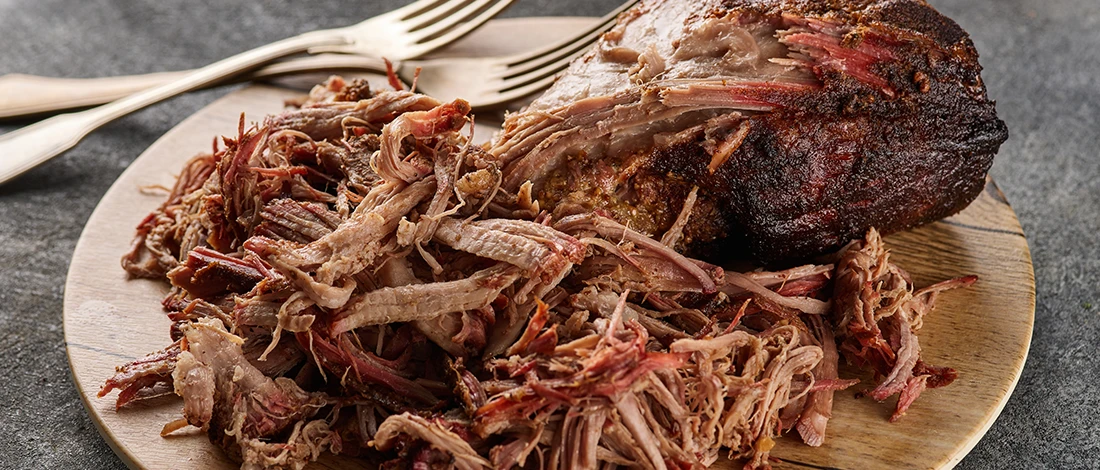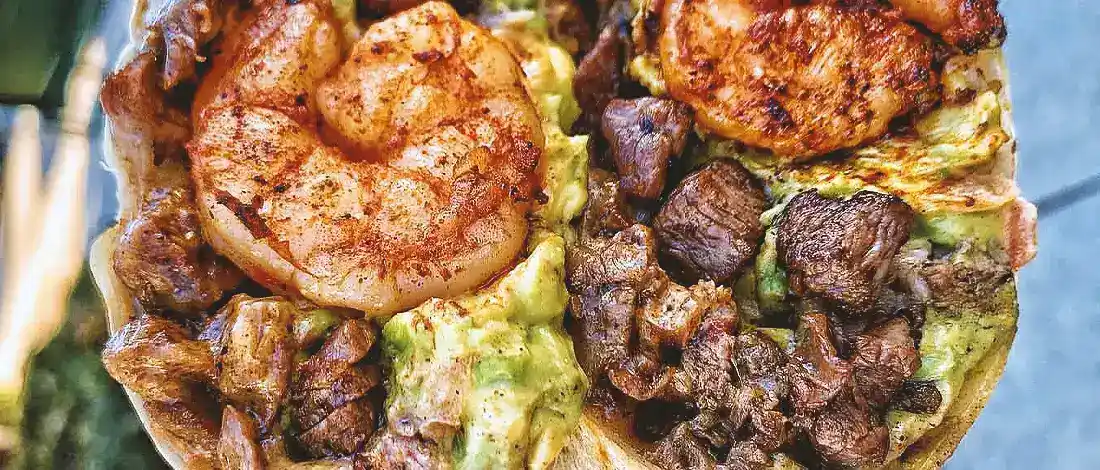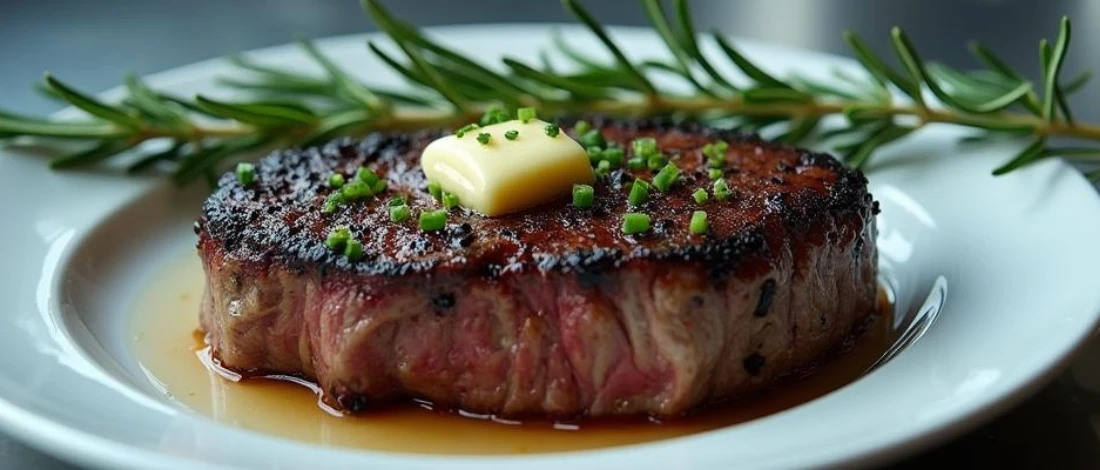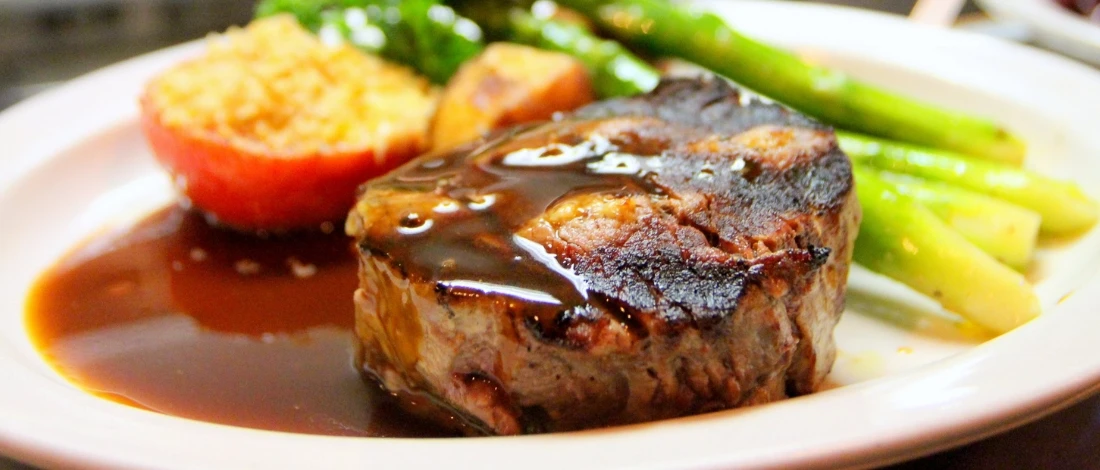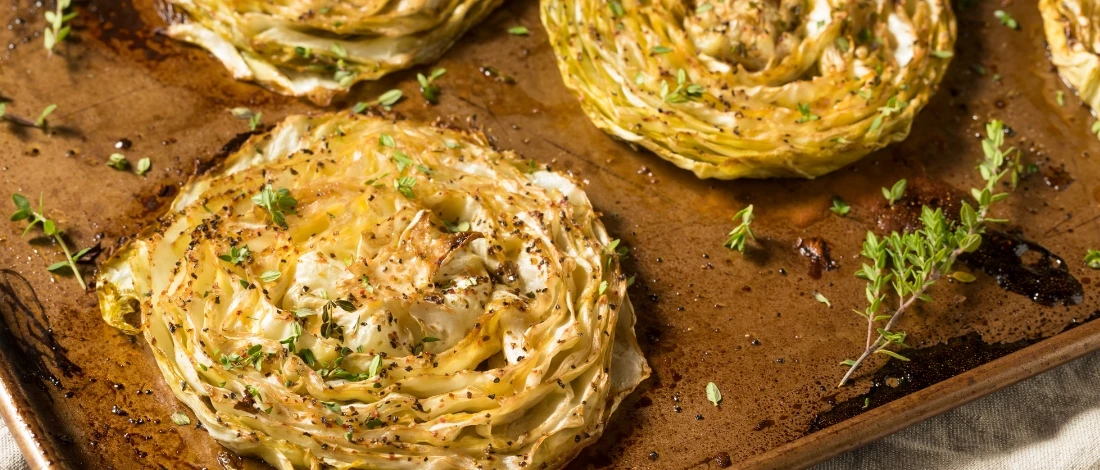Confit, an ancient food preservation method, includes submerging meat in a lot of fat and cooking it on low heat for a long time.
After a few failed attempts, I’ve finally perfected my all-time favorite recipe for steak confit.
If you love to have some steak or duck meat in the fridge that you can quickly warm up and eat, then this easy and quick steak confit recipe is all you need.
Quick Summary
- The Steak Confit recipe is a slow-cooking method involving submerging meat in fat and cooking it at low heat, resulting in a flavorful and tender steak.
- The process involves seasoning the steak, cooking it in a sous vide bath with oil, and then searing it for a crispy exterior.
- The recipe can be customized with different seasonings and served with various sides, making it a versatile dish for any occasion.
Recipe Overview
- Prep Time: 10 mins
- Cook Time: 45 mins
- Total Time: 55 mins
- Number of Servings: 1
Ingredients
- Lemon zest
- 3 garlic cloves
- 3 lbs New York strip
- 3 cups of unsalted butter
- 5 sprigs of rosemary
- 5 sprigs of sage
- 3 tbsp of Kosher salt
- 2 tsp of garlic powder
- 2 tsp of onion powder
- 2 tsp of freshly ground black pepper
Instructions

- Preheat your oven to 200°F.
- In a large baking dish, add butter, garlic, rosemary, and sage on low heat until all the butter melts.
- As the butter melts, pat dry the New York strip and season evenly with enough Kosher salt.
- Place and submerge the steak strip in the melted butter and fully cover with foil.
- Toss in the oven for at least 40 minutes or until the steak's internal temperature is 145° [1].
- Remove from the oven, and carefully remove the steak from the hot melted fat.
- Pat dry the steak to get rid of extra fat and season both sides of the steak with additional kosher salt, garlic powder, and a pinch of ground black pepper.
- Place the steak on a large hot skillet to sear for 2 minutes on each side to get that crispy brown exterior.
- Once done, remove from the pan and slice against the grain.
- In the final step, garnish your sliced steak with lemon zest and fried onion flakes for more flavor.
- Serve immediately with a salad side, and enjoy!
Recipe Notes

- You don't have to use New York strip steak; a substitute for any prime meat like filet mignon is also good.
- You can cure the steak with salt and refrigerate it overnight before cooking. Salting the steak helps get rid of any bacteria on the meat.
- Ensure that the foil touches the surface of the fat to allow even heat transfer in the oven.
- While melting the fat, toss the herb to infuse additional flavor that the steak will soak in as it slowly cooks.
- Put any left steak confit in the fridge as it can last for days or months on end.
Nutrition Facts
- Calories: 560g
- Total carbs: 2.1 g
- Proteins: 28.5g
- Fat: 185.2g
- Fiber: 0.2g
- Net Carbs: 1.8g
3 Tips To Make The Perfect Confit Meat

Here are my favorite tricks that make every steak confit recipe work like a charm:
1. Salt Cure
Every classic confit starts with salt. Because this process was initially used for preservation, many older recipes would ask for a lot of salt and a long cure period.
I recommend you apply a reasonable amount of salt to pull out any moisture from the meat to help condense the flavors.
2. Fat
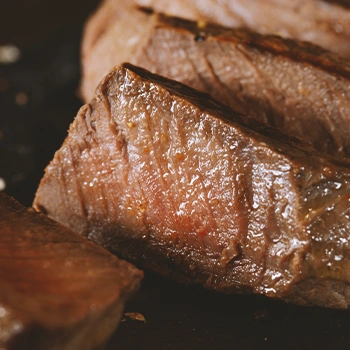
Traditionally, confited meat is prepared in reasonable amounts of fat. The objective is to gradually drain the fat from the steak and let it drown in the fat.
Always add additional olive oil to ensure that the meat is well coated. If the meat is not covered with fat, the exposed piece may cook at a higher temperature, drying it out.
If you use olive oil, we recommend straining it after cooking, cooling it down, and putting it in the freezer for later use. But remember that recycling the same olive oil for confit will make it saltier, so just dilute it with fresh fat for subsequent confit batches.
3. Cook Slow
Cook steak confit at 200°F, covered, on the middle shelf of the oven. Because of the moderate temperature, the meat cooks evenly and slowly. Increasing the temperature will fry rather than simmer, resulting in a dry, tough, or scorched final steak.
The cook time will differ based on the meat size serving, so big meats take longer than tiny pieces. Check the steak every couple of hours until it is fork-tender.
3 Reasons Why Confit Is So Great

If you had your doubts with confit, they'll now be a distant memory. Here’s why:
1. Simple To Prepare
Confit is a simple dish to prepare. Season some meat with salt and pepper, let it sit for a couple of hours or days, rinse excess salts, melt some fat, submerge the meat in the fat, and simmer on low heat.
There's nothing complicated when it comes to confiting steps, and the ease of preparing it is what I like about this confit recipe.
2. Can Be Oven Or Stove Cooked

You have two alternatives for cooking any kind of confit, both of which are simple.
You can cook your confit either in the oven or stove. If you go the oven way, I find it more convenient because it maintains a constant temperature throughout the cooking process, unlike the stove, where you'll have to check the temperature levels and adjust over time.
With the oven, you just toss the dish in and relax as the oven works its magic.
3. Confit Jelly
After making your delicious confit, you'll have meat, fat, and flavorful liquid that you can pour into a jar and cool to form the confit jelly.
You can quickly melt some of the jellies, add your extra chili sauces and pour over any steak for extra flavor.
Related Articles:
FAQs
How Do You Make Confit Meat?
You make confit meat by curing it with enough salt and slowly cooking it under submerged fat on low heat.
What Oil Should You Use For Confit?
Use unsalted butter for confit. Because the cooking process involves a lot of salt, using unsalted butter minimizes salt content in the meat.
Is Confit A Healthy Way Of Cooking?
Confit is a healthy way of cooking. You can choose to serve steak confit with a rich salad for more health benefits.
What Meats Can You Confit?
You can confit different meats such as steak, duck, goose, and pork.
References:
- https://www.foodsafety.gov/food-safety-charts/safe-minimum-internal-temperatures


